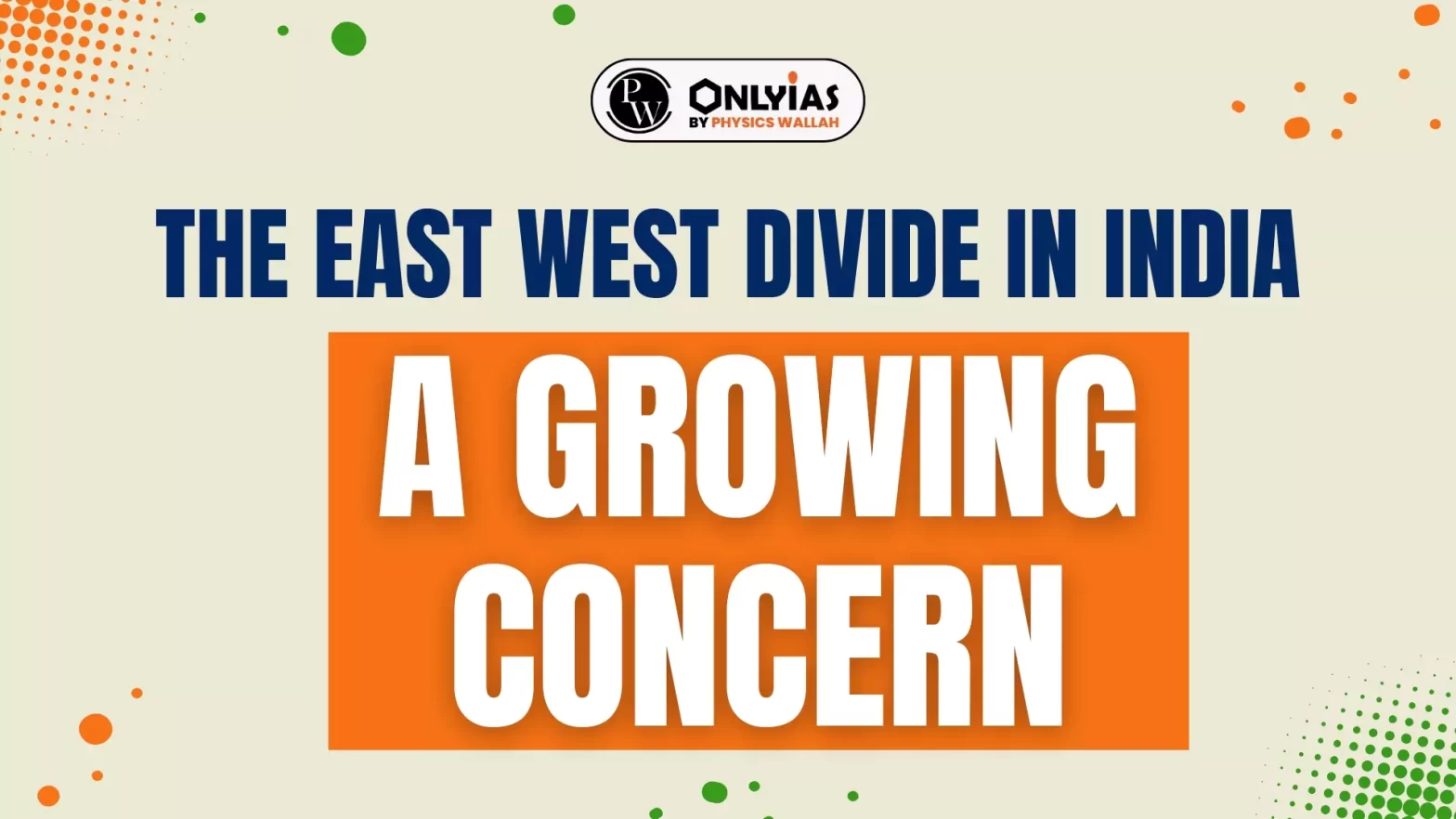![]() 26 Mar 2024
26 Mar 2024

India is grappling with a widening economic and social divide between its eastern and western regions.
| Relevancy for Prelims: Unity In Diversity, Federalism, Fiscal Federalism In India, and Resolving Regional Disparities.
Relevancy for Mains: Rising East-West Divide in India |
|---|
Addressing the sharp East-West Divide requires targeted interventions to uplift the eastern states, enhance infrastructure, and promote sustainable development.
| Prelims PYQ (2020):
Which part of the Constitution of India declares the ideal of Welfare State? (a) Directive Principles of State Policy (b) Fundamental Rights (c) Preamble (d) Seventh Schedule Ans: (a) |
|---|
| Must Read | |
| NCERT Notes For UPSC | UPSC Daily Current Affairs |
| UPSC Blogs | UPSC Daily Editorials |
| Daily Current Affairs Quiz | Daily Main Answer Writing |
| UPSC Mains Previous Year Papers | UPSC Test Series 2024 |

<div class="new-fform">
</div>